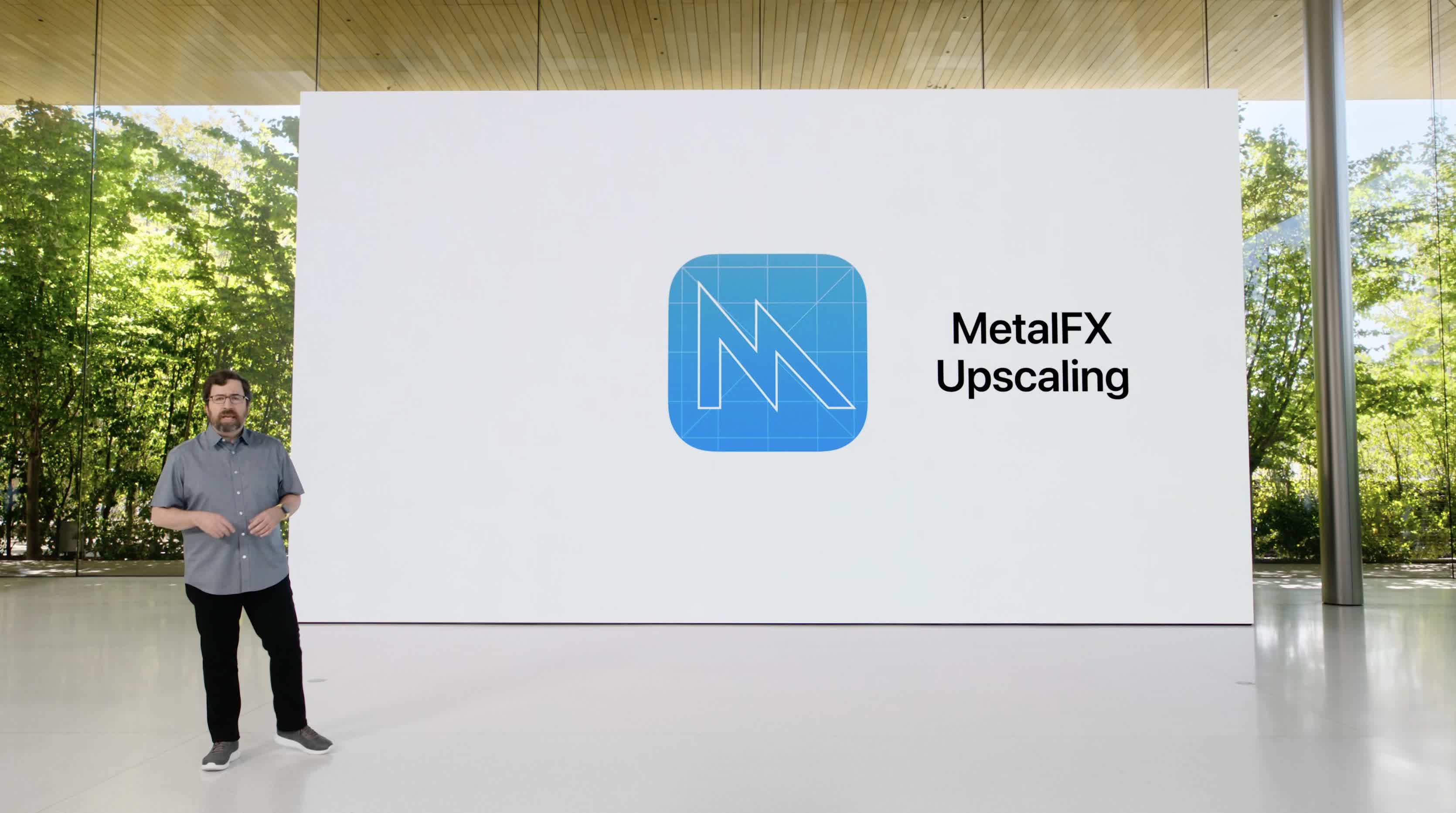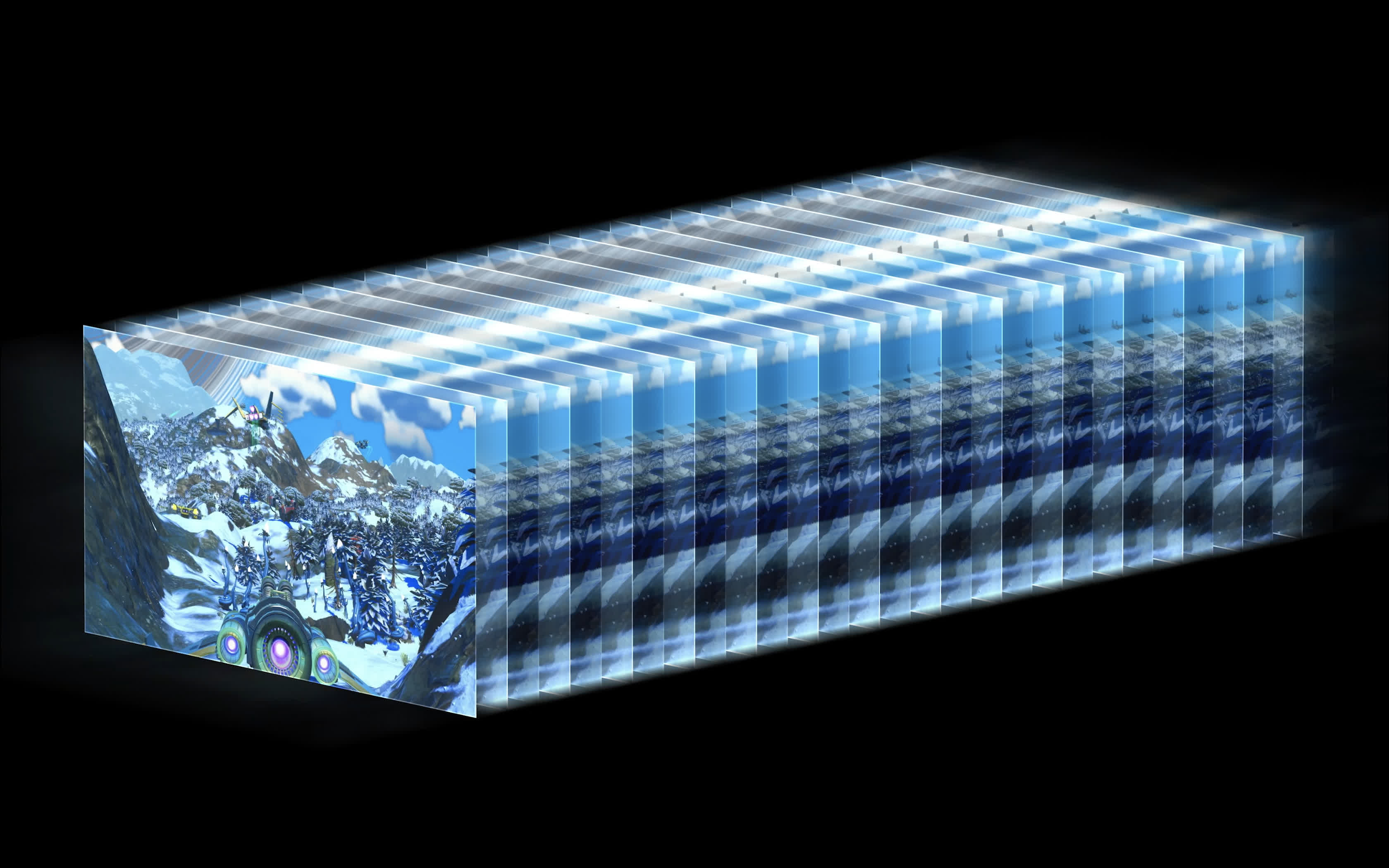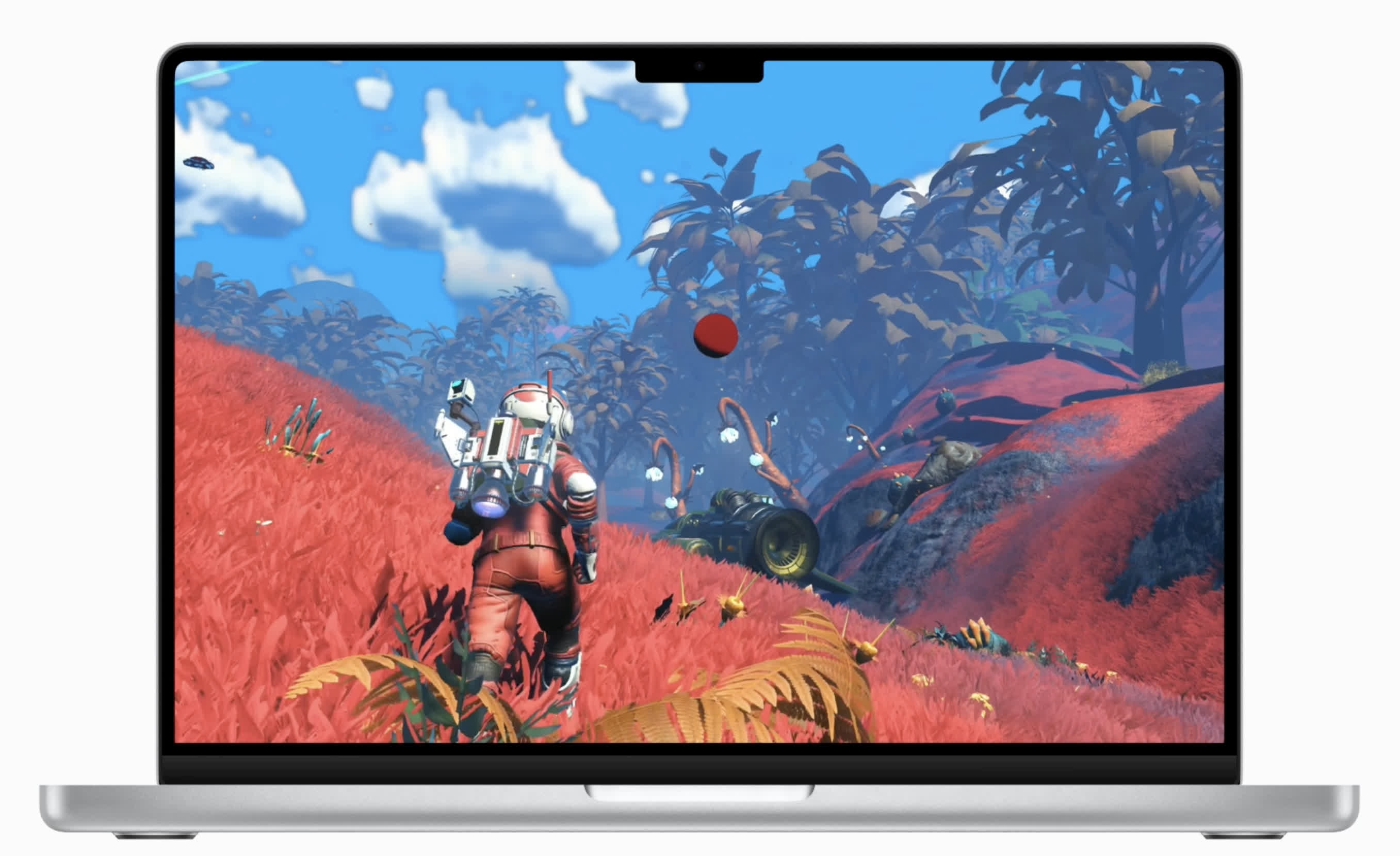Something to look forward to: There aren't a lot of reasons for gaming on a Mac, and one of them is the relatively high Retina resolution of Apple displays. This would normally require a beefy GPU, but Apple is following in the footsteps of AMD, Nvidia, and Intel with an upscaling technology of its own that will supposedly make gaming a pleasant experience on Apple Silicon Macs.
Over the past few years, Apple has focused almost exclusively on the mobile gaming experience of its users. Hyper-casual games thrive on iOS and that's why the company created Apple Arcade, a subscription service that removes the manipulative monetization systems that are present in a lot of mobile games.
In the meantime, the Cupertino giant had been working on custom silicon for its Macs to bring them more in line with iPhone and iPad. Today, all Mac models except for the Mac Pro are powered by M-series chipsets, and some of them integrate rather beefy GPUs rivaling those of Nvidia and AMD. This created an opportunity for Apple to woo game developers, though the company isn't going all out just yet.

This week during the WWDC keynote, Jeremy Sandmel --- who is the senior director of GPU software at Apple --- announced a significant upgrade to the Metal API. Macs are typically productivity-oriented machines, but Metal 3 will supposedly elevate the gaming performance of Apple Silicon Macs to the point where people may start to take them more seriously for this use case.
Apple is looking to achieve this with something it calls MetalFX Upscaling, which is a similar technology to Nvidia's DLSS, AMD's FSR 2.0, and Intel's XeSS. The company didn't provide many details about its implementation, but Sandmel did note that it uses temporal data from frames rendered at a lower resolution as well as temporal anti-aliasing to produce the upscaled image.

Additionally, Apple has developed a Fast Resource Loading API that sounds a lot like DirectStorage and its proprietary incarnations. Game developers will be able to leverage this new software framework to load large game assets directly from storage to the GPU, improving game load times and allowing for more expansive worlds.
Those of you interested in seeing these technologies in action won't have to wait too long. Apple says native Mac ports of GRID Legends, No Man's Sky, and Resident Evil Village will land later this year. No Man's Sky will also run on iPad Air and iPad Pro models equipped with M1 chipsets.
As for what to expect in terms of performance, Capcom's technical research lead Maseru Ijuin says a Mac Studio can run Resident Evil Village at 4K using the high-quality graphics preset (Prioritize Graphics). Even a MacBook Air should be able to run it "effortlessly" at 1080p, but we'll have to wait and see what that means in terms of frame rate.
